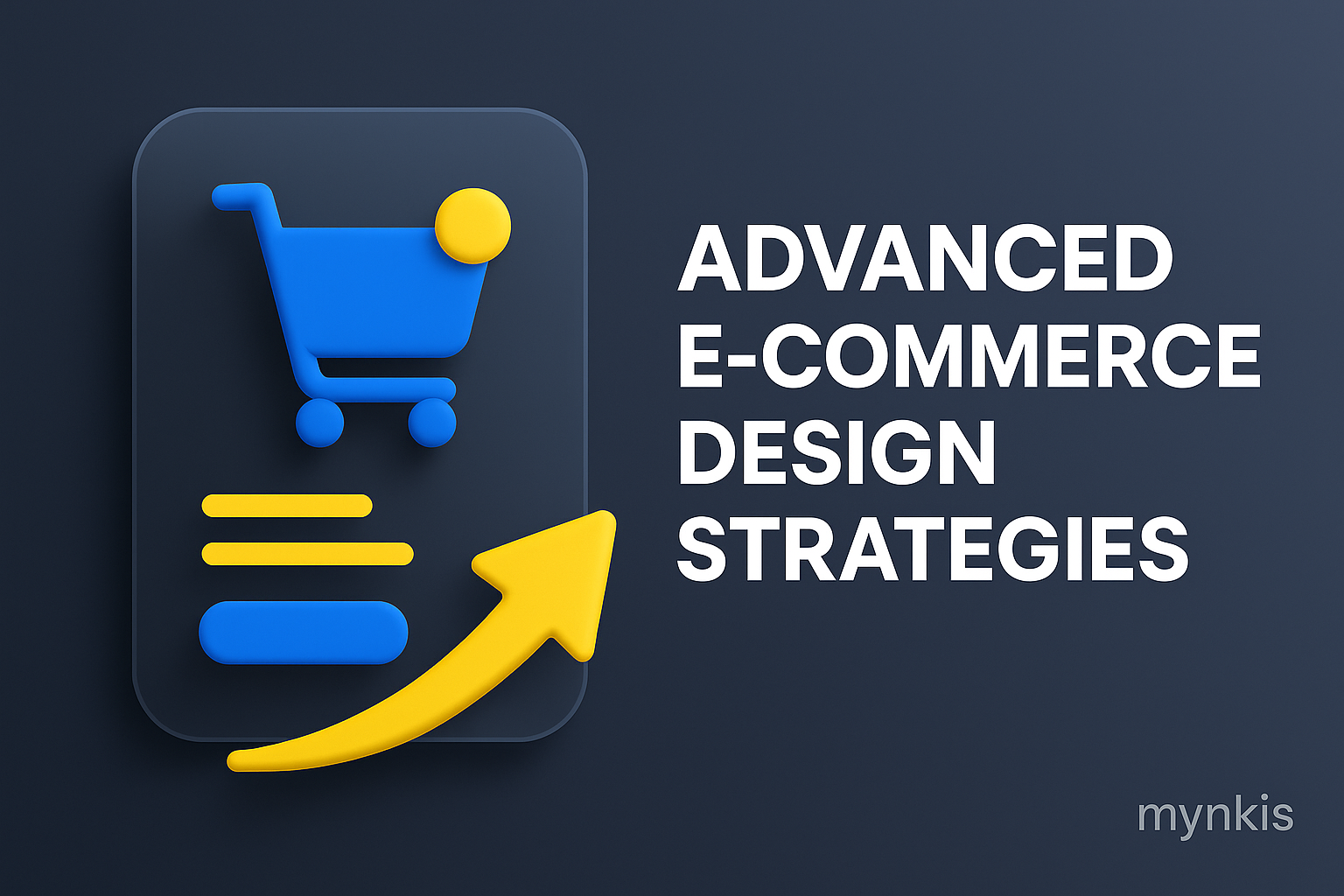Schedule a Demo
The path to purchase should be clear and straightforward. In my work with retailers transitioning online, I’ve noticed that the simplest checkouts typically lead to higher conversion rates. Avoid the common pitfall of overloading your user's journey with distracting pop-ups or complex navigation menus. Streamline the experience by minimizing clicks from landing on your e-commerce site to reaching the checkout page.
With over half of online shopping traffic now originating from mobile devices, your e-commerce website needs to adapt. According to a study by Statista, 53% of all e-commerce sales globally were made on mobile in 2021. Ensure your site features a mobile-optimized layout, with large clickable elements and quick-loading content to capture that crucial mobile audience.
Understanding your customers deeply can transform your custom software development into a tool for conversion rather than just a means to sell. User-centric design means tailoring your e-commerce site to solve your customers' needs and pain points. Based on available research, implementing features like personalized product recommendations and save-for-later options can significantly enhance user experience and boost conversions.
Effective enterprise web solutions integrate robust SEO strategies. I once worked with an up-and-coming skincare brand that saw a 30% increase in organic traffic after a thorough SEO audit and implementation. Ensuring high-quality, relevant content, along with optimizing title tags, meta descriptions, and URLs, can markedly improve your site's search engine rankings, increasing visibility and driving organic traffic without the need for ad spend.
Security seals, trust badges, and clear privacy policies should be integral parts of your e-commerce site design. Over 70% of consumers, according to a survey by Baymard Institute, are more likely to complete a purchase if they see trust indicators on the site. Reinforce trust with SSL certificates and transparent security measures to make shoppers feel safe and secure during transactions.
Enrich your online store with interactive features such as 360-degree product views and augmented reality try-ons. These can provide a richer shopping experience that simulates physical store interactions. In my collaborations with fashion retailers, we’ve observed an uptick in customer satisfaction and engagement when introducing dynamic content like this.
Incorporating customer reviews directly into your product pages builds trust and credibility. A report by Spiegel Research Center showed that reviews can increase conversion rates by 270%. Showcase real-time reviews and ratings prominently to assist potential buyers in making confident decisions.
The easier it is for customers to navigate your site and find what they're looking for, the more likely they are to make a purchase. Enhance the search functionality with intelligent auto-complete suggestions and filters. For one of our projects, implementing an intuitive site search reduced bounce rates by 40%, directly improving user experience and potentially boosting sales.
A cumbersome checkout can be the downfall of your otherwise perfectly designed e-commerce website. Studies show that 69.57% of online shopping carts are abandoned, often due to complicated or lengthy checkout processes. Streamline the checkout to require minimal user input, offer guest checkout options, and present multiple payment methods to cater to diverse customer preferences.
Leveraging data analytics in your e-commerce strategy allows for a personalized shopping experience. For instance, by analyzing customer behavior on the site, you can tailor promotions and recommendations. An initiative with a home goods retailer using data-driven personalization led to a 10% increase in average order value, highlighting the effectiveness of this approach.
Never underestimate the value of A/B testing. Continuously test different elements of your site, from banner designs to call-to-action buttons. Based on the data from our tests with various enterprise web solutions, small changes can lead to significant improvements in conversion rates. Keep iterating based on customer feedback and test results to stay ahead in the competitive e-commerce landscape.
High-quality images can make or break a user's decision to purchase. My experience with luxury brands has shown that investing in professional photography for product listings leads to higher engagement and sales. Ensure your e-commerce site is visually appealing with images that accurately reflect product details to boost customer confidence.
The inclusion of video can dramatically enhance user engagement. As per a Cisco report, video could account for up to 82% of all internet traffic by 2022. I've found that brands utilizing tutorial videos, product demonstrations, or customer testimonials experience an uptick in conversion rates, possibly due to the engaging nature of video content.
Implementing a hassle-free return policy can also impact your conversion rates positively. Customers are more likely to buy if they know they can return an item without excessive trouble. Incorporating live chat or chatbot services can instantly boost customer service, addressing concerns in real time and fostering a trustworthy relationship with your brand.
With an increasing number of consumers valuing sustainability, your e-commerce website design can integrate eco-friendly practices. From showcasing sustainable products to providing carbon offset options at checkout, these features can resonate with environmentally conscious shoppers, potentially leading to increased brand loyalty and conversions.
